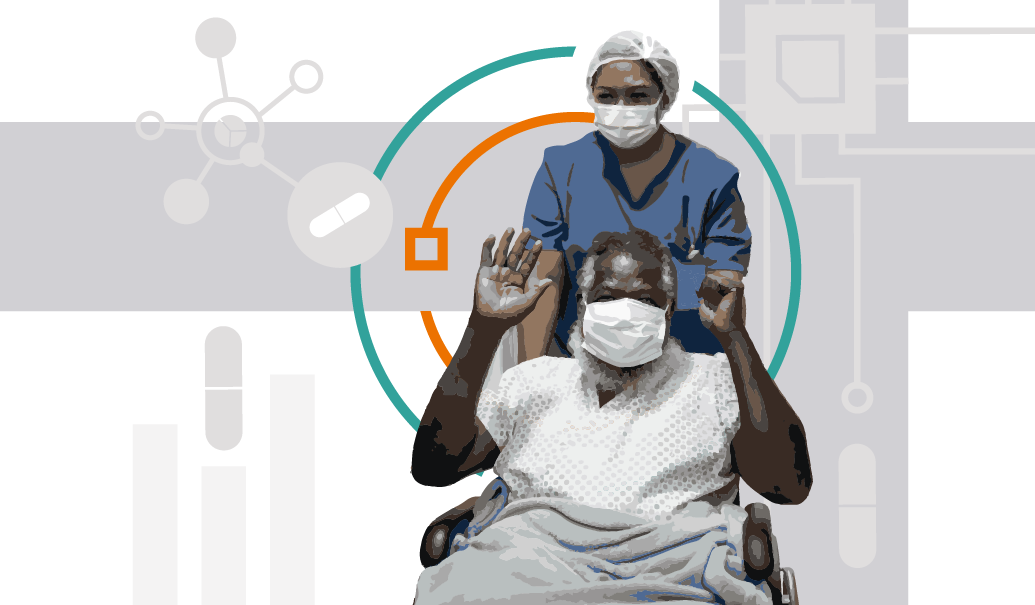Type 2 diabetes (T2D) is one of the greatest public health challenges of the 21st century. And despite available therapies, prevention programs, continuous glucose monitoring, digital tools and nutrition and exercise programs, we have failed to keep the disease in check. Given the evident limitations of treating T2D with pharmacology and technology alone, the healthcare industry is exploring interventions that instead drive behavior change, particularly those that ease engagement with T2D management.
There is a lack of research tying patient mental models to resulting behaviors. To better understand the decision-making processes of patients with T2D, ZS sought to determine which mental models are common among T2D patients. Our research, described in full in our white paper, involved the creation of a subject matter expert report that synthesized available literature on diabetes decision-making and risk analysis, 25 in-depth qualitative interviews with patients with T2D and a 15-minute quantitative survey sent to more than 400 adults diagnosed with T2D.
Our patient research set out to explore:
- The mental models that dominate in patients with T2D and that lead to good diabetes management behaviors
- Changes in patient behavior when patients use these mental models effectively
- Whether healthcare stakeholders ought to focus attention not only on patient behaviors but also on the mental models that lead to or influence those behaviors
Some key findings from this research include:
- In patients with T2D, three mental models seem to dominate—and they weren’t the most obvious ones. We found that models related to perception of time (prioritizing the present over the future), diabetes management frameworks and perceptions of environment drive better behavior. Healthcare stakeholders can look to these models, which have actionable behaviors, to encourage different behaviors at the right time.
- Motivation to prioritize diabetes management does not vary by ethnicity. Even at lower income levels, most patients believe they can change for the better. This finding and others like it suggest that mental models govern differences in patients’ present and future health behavior.
- Early interventions that help bring household members into the patient’s journey with clearly defined, discrete goals yield substantially positive effects. Likewise, basic patient education remains essential, but education targeting the household or community will realize a bigger impact on behavior. This is important as recent efforts to resolve healthcare disparities often target the individual but should target the individual and their immediate network.
Download the full white paper to learn more about mental models in T2D management.
Add insights to your inbox
We’ll send you content you’ll want to read – and put to use.















